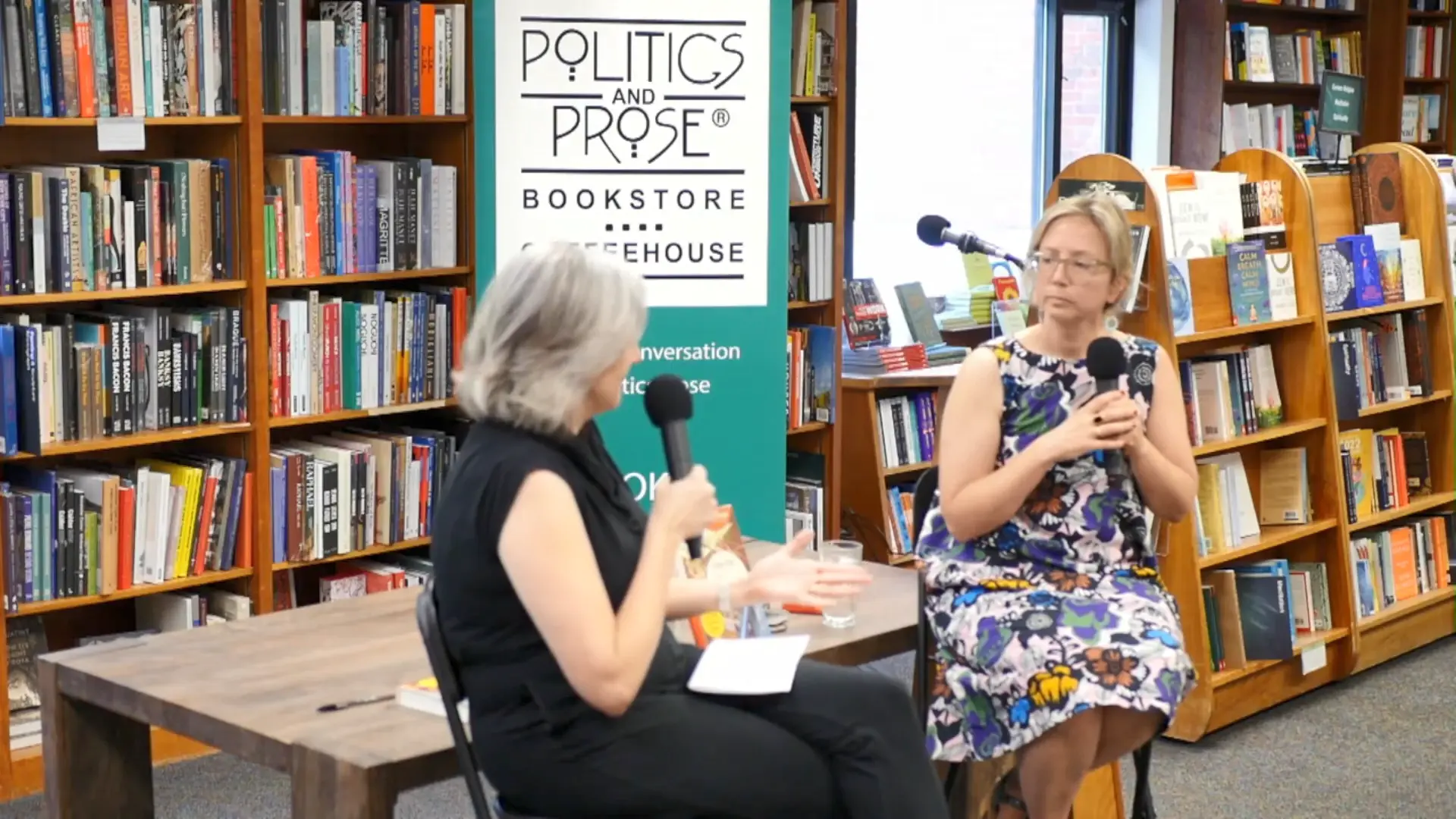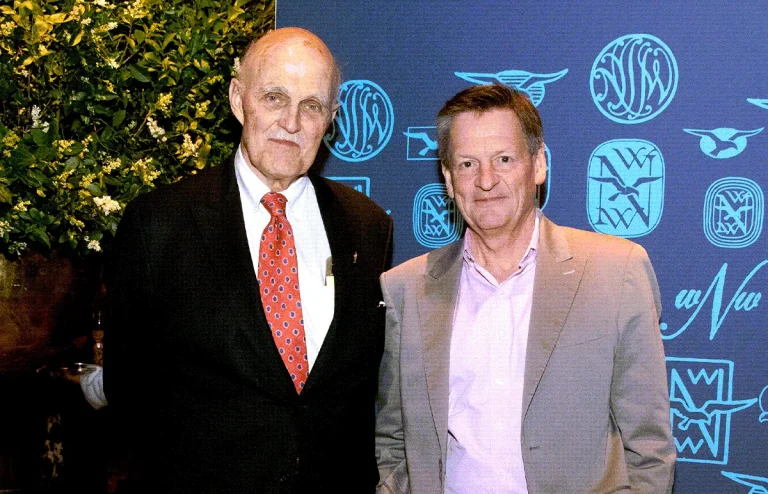Three Ways to Start a Story
2025 Pulitzer Prize winners show us how to craft that critical first sentence
Bret Stephens, who received the Pulitzer Prize for commentary in 2013, offered a tip that’s useful to any storyteller, including public relations and internal communications teams.
“A wise editor once observed that the easiest decision a reader can make is to stop reading,” he wrote in 2017, after he jumped from The Wall Street Journal to The New York Times. “This means that every sentence has to count in grabbing the reader’s attention, starting with the first.”
We can learn a lot by reading good writing such as the stories recognized this year by the Pulitzer Prize Board. We pay special attention to what are sometimes called heds and ledes in newsrooms.
These winning stories fulfill the purpose of a headline, which is to entice readers to move to the first sentence, and meet the objective of a first sentence, or lede, which should say enough to prompt them to read on.
We’ve picked just three examples, adding our analysis on why each one works.
1. Start with a stat. To be in the first sentence, a statistic must clearly say something that prompts the reader to say, “Huh.” If the stat is strong, the reaction would be accompanied by a question mark or exclamation point.
We often don’t think of statistics as a way to start a feature story. But here’s an example, which was part of a series of essays that were recognized for criticism.
The Answer to Making Cities More Family-Friendly? Courtyards.
New housing experiments with courtyards show that this age-old design approach can still deliver for cities struggling to provide homes for families.
Oct. 31, 2024
By Alexandra Lange
Bloomberg
The population of children under five is shrinking across the US. That group has decreased most rapidly in big cities: 14% in Los Angeles County, 18% percent in New York City and 15% percent in Cook County, Illinois, which includes Chicago.
This is bad news for the diversity and stability of cities, which are improved by the amenities that families seek — parks, public libraries, safe streets. It’s also discouraging for families who prefer to live in the city or don’t have the option or desire to move to the car-dominated suburbs. Any effort to retain families has to start with housing, their primary expense.
That one weird trick for making cities more family-friendly? We’ve known it for decades: It’s the courtyard.
Why it works. The headline asks a question and provides an unexpected answer that prompts the reader to continue. If the answer was more predictable, like more dog parks or coffeehouses, I’d be inclined to save the answer until the second line, which we call the teaser but some news outlets call a rider or readout.
The teaser adds a little explanatory detail and an irony that this is an “age-old design approach.”
The lede has statistics that sound bad without any explanation and probably aren’t well-known.
Focusing on well-known counties, where the drops are larger, is more eye-catching than mentioning the national average. The solution is tailored to those metropolitan counties.
The second paragraph answers the question, “Why we should care?”
“To win readers’ attention, you must clearly explain why they should care about the news, even if it seems obvious to you,” we wrote when looking at the 2023 Pulitzer winners.
Lange also nicely shows how to start with a scene-setter with her story about museum exhibits.
2. Quick story. We usually think of feature stories when we begin with an anecdote, but this technique can be very effective for news stories, especially long ones. Here’s the start of the first story in a five-part series that was cited for investigative reporting:
Fentanyl Express
We bought everything needed to make $3 million worth of fentanyl. All it took was $3,600 and a web browser
At the tap of a buyer’s smartphone, Chinese chemical sellers will air-ship fentanyl ingredients door-to-door to North America. Reuters purchased enough to make 3 million pills. Such deals are astonishingly easy – and reveal how drug traffickers are eluding efforts to halt the deadly trade behind the fentanyl crisis.
July 25, 2024
By Maurice Tamman, Laura Gottesdiener and Stephen Eisenhammer
Reuters
A cardboard box half the size of a loaf of bread bore a shipping label declaring its contents: “Adapter.” It was delivered in October to a Reuters reporter in Mexico City.
There was no adapter inside that package. Instead, sealed in a metallic Mylar bag was a plastic jar containing a kilogram of 1-boc-4-piperidone, a pale powder that’s a core ingredient of fentanyl. It was enough to produce 750,000 tablets of the deadly drug.
A Reuters reporter had ordered the chemical six weeks earlier from a seller in China. The sales assistant, “Jenny,” used a photo of a Chinese actress as her screen avatar. The price was $440, payable in Bitcoin, delivery by air freight included.
“We can ship safely to Mexico,” Jenny had written in Spanish on the encrypted message platform Telegram in July 2023, when the reporter first inquired about the chemical. “No one knows what we ship.”
Transactions like this are part of the biggest upheaval in the global narcotics trade since the war on drugs began half a century ago. The manufacturing of fentanyl, the synthetic opioid that’s killing tens of thousands of Americans a year, has become an endlessly inventive and ruthlessly efficient global industry.
Why it works. Reuters’ series examines a sophisticated illicit supply chain that involves hundreds of millions of dollars a year. Yet the 150-word anecdote illustrates the economics and the ease of obtaining fentanyl’s ingredients.
The anecdote touches on several of the series’ key themes, such as a loophole in U.S. trade law, the China-to Mexico-to-U.S. connection, and the chemistry to make the synthetic opioid. The fifth paragraph offers the big picture, showing readers that the loss of thousands of lives each year is why we care about this story.
A good anecdote must illustrate the theme of the story. It’s “an episode that previews what you’re going to tell us—and show us—about your subject,” as we’ve said.
The headline plays on the central irony of the story, the lucrative economics and the simplicity of making a purchase.
We wouldn’t give Reuters a prize for the teaser, which is too long, repeating the headline and adding a detail about the number of pills. The third sentence would have done the job with an edit. We suggest: Such deals are astonishingly easy – and reveal how drug traffickers are eluding efforts to halt illicit imports that kill tens of thousands of Americans a year.
3. Open with a “Rashomon.” This technique is named after a widely acclaimed 1950 crime thriller by director Akira Kurosawa, which presents four eyewitness accounts of a murder and rape. The device can be used in many contexts, such as this story which won for breaking news reporting:
Witnesses describe chaos at rally shooting: ‘Oh my God, they got Trump’
In a Pennsylvania field, confusion and then terror gripped thousands as gunfire rang out over a rally crowd.
July 14, 2024
By Peter Jamison, Michael Kranish, Beth Reinhard, Emmanuel Felton, Meryl Kornfield, Colby Itkowitz and Jon Swaine
Among the sunbaked thousands gathered in a Pennsylvania field, many strained to place the sound that interrupted former president Donald Trump’s speech.
Rico Elmore, a former state candidate, and Erin Autenreith, a real estate agent, both suspected fireworks — a late Fourth of July celebration. So did Paul Kosko, a 63-year-old retiree in the eighth row.
Cindy Hildebrand, who leads a local GOP group, heard popping.
Onstage, Trump was startled by a loud whiz — and then, belatedly, a blast.
Jondavid Longo, the 33-year-old mayor of nearby Slippery Rock, Pa., and a Marine Corps veteran, said he recognized the noise immediately: a gunshot. But even he didn’t trust his ears.
“There’s no way,” he thought.
Then more shots rang out, undeniable, in rapid succession. Trump dropped to the ground, clutching his ear as blood streamed down his face. Secret Service agents cocooned the former president.
Why it works. This opener describes the uncertainty moment by moment as people tried to understand what they heard.
The first sentence leaves the question open, much better than a news lede that might go: “Among the sunbaked thousands gathered in a Pennsylvania field, many didn’t recognize the sound of the gunshots that interrupted former president Donald Trump’s speech.”
The Rashomon opening can be used in less dramatic circumstances. The first sentence should raise a question or touch on a topic. Follow that with three or four perspectives. Sound bites are best, such as, “There’s no way.” But short paraphrases work too.
Then a nut graph, a paragraph that tells the story “in a nutshell” and tells the reader where the story is going. The rest of the story should explain each perspective, which can be complementary, not contradictory like the movie.
Answer “Why?”
Working as an editor helps to make writers better. In addition to writing commentary, Stephens also has worked as an opinion editor with the Journal and editor-in-chief of The Jerusalem Post.
His 2017 column posed three questions that every writer should answer when constructing the beginning of story: “Get to the point: Why does your topic matter? Why should it matter today? And why should the reader care what you, of all people, have to say about it?”
Good questions. When we’re writing our ledes, we sometimes ask one more.
“Why isn’t it easier?”
Tom Corfman is a senior consultant with Ragan Consulting Group, where he directs the Build Better Writers program.
Contact our client team to learn more about how we can help you with your communications. Follow RCG on LinkedIn and subscribe to our weekly newsletter here.







